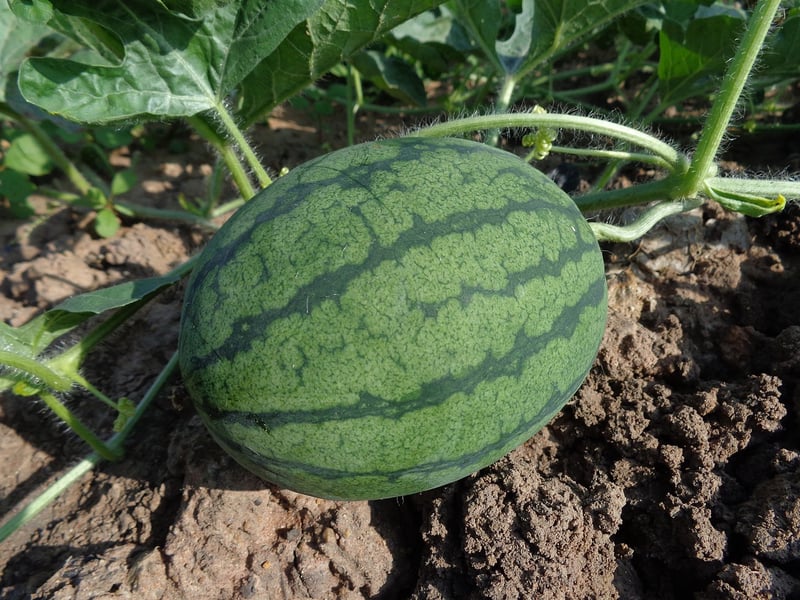Fertilizing Methods
Maintain Healthy Plants: Fertilizing Methods
Introduction
Keeping your plants healthy and thriving is essential for any avid gardener. One crucial aspect of plant care is providing the right nutrients through fertilization. In this article, we will explore various fertilizing methods to help you maintain healthy and vibrant plants.
1. Organic Fertilizers
Organic fertilizers are derived from natural sources and provide a slow release of nutrients to plants. They improve soil structure and promote beneficial microbial activity. Some common organic fertilizers include compost, manure, and bone meal.
Benefits of Organic Fertilizers:
- Environmentally friendly
- Improve soil fertility
- Safe for beneficial soil organisms

2. Synthetic Fertilizers
Synthetic fertilizers are manufactured to provide immediate nutrients to plants. They are fast-acting but can lead to nutrient imbalances if overused. It's essential to follow instructions carefully when using synthetic fertilizers.
Considerations for Synthetic Fertilizers:
- Follow recommended application rates
- Avoid over-fertilizing
- Water plants after application to prevent burning

3. Slow-Release Fertilizers
Slow-release fertilizers provide a steady supply of nutrients to plants over an extended period. They are convenient for busy gardeners and reduce the risk of nutrient leaching. These fertilizers are available in granular or pellet forms.
Advantages of Slow-Release Fertilizers:
- Long-lasting nutrient supply
- Reduce the frequency of applications
- Minimize nutrient runoff

Conclusion
Choosing the right fertilizing method is crucial for maintaining healthy plants in your garden. Whether you opt for organic, synthetic, or slow-release fertilizers, proper application and timing are key to ensuring your plants receive the nutrients they need to thrive. Experiment with different fertilizing methods to find what works best for your plants and enjoy a lush and vibrant garden.
